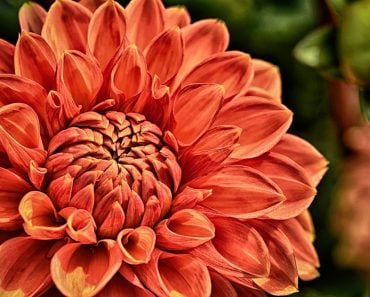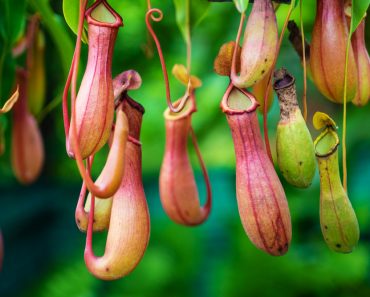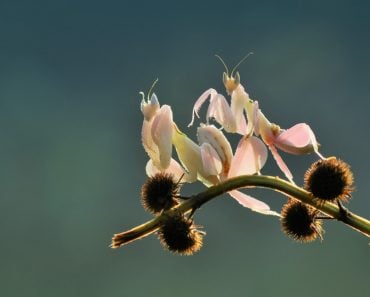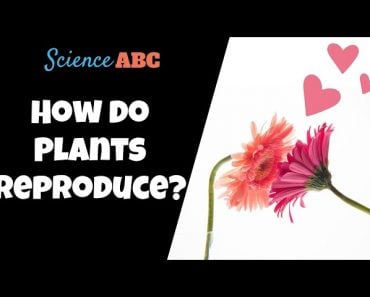Table of Contents (click to expand)
Rafflesia is the largest flower in the world, weighing around 7 kg, and it can grow more than a meter across! This flower releases chemicals, such as sulfur, that mimic the smell of rotting flesh, which leads to its other popular name — the corpse lily or corpse flower.
Your adventure starts out like any other hike. You’re with great friends, filled with a positive attitude, and your packs are stuffed with food and supplies. Your trek takes you deep into the forests of Indonesia, where you can admire all the beauty that nature has to offer. However, as you walk along, you start to smell the faint aroma of what can only be described as… death.
Unnerved, you continue towards an absolutely massive and beautiful flower you see in the distance, but the closer you get, the worse the putrid smell becomes. When you can finally see the gorgeous flower up close, the stench is so overpowering that you are forced to breathe through your shirt. To your surprise, the smell is coming from INSIDE the flower. Unknowingly, you have found the rare and incredibly strange corpse lily!
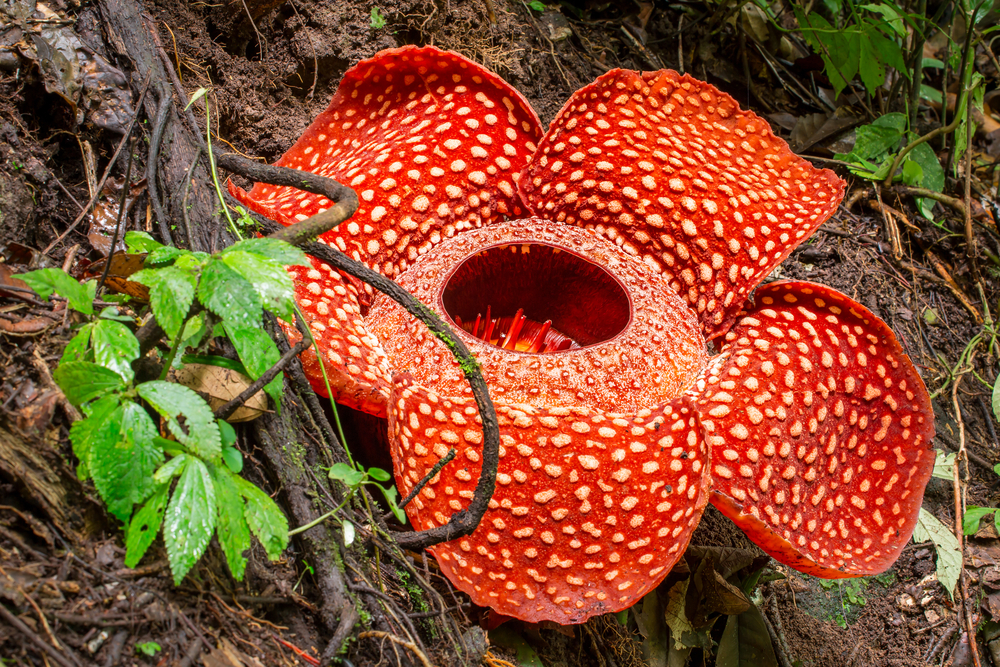
This is Rafflesia arnoldii, otherwise known as the corpse lily or corpse flower. It is often confused with another ‘corpse flower’ called Titan arum, which gives off a corpse-like scent, but unlike Rafflesia, Titan arum is made of many tiny flowers.
These mysterious flowers can be found in the rainforests of Southeast Asia, and is one of the three national flowers of Indonesia.
Recommended Video for you:
Why Is Rafflesia arnoldii So Special?
Rafflesia is the largest flower in the world, weighing around 7 kg and capable of growing more than a meter across. This plant not only smells disgusting, but is also a parasite that lacks any stem, roots or leaves – everything that usually defines a plant! This smelly parasite also doesn’t have any chloroplasts, making it one of the few types of plants that can’t perform photosynthesis. Instead, members of Rafflesia have turned to a life of crime and steal all the nutrients they need from other plants.
They depend on plants such as Tetrastigma vines for their survival, as they cannot photosynthesize and make their own energy. Since they only bloom for a few days (3-5 days), they have developed quite a strange system for reproduction.
Why Is It So Stinky?
Unlike you and I, members of Rafflesia are very good at deception. They have evolved a skillful tool to fool insects into helping them with pollination. This flower releases chemicals like sulfur that mimic the smell of rotting flesh, hence its other popular name—corpse lily or corpse flower. This nasty smell fools carrion flies into thinking they are heading towards large animal carcasses.
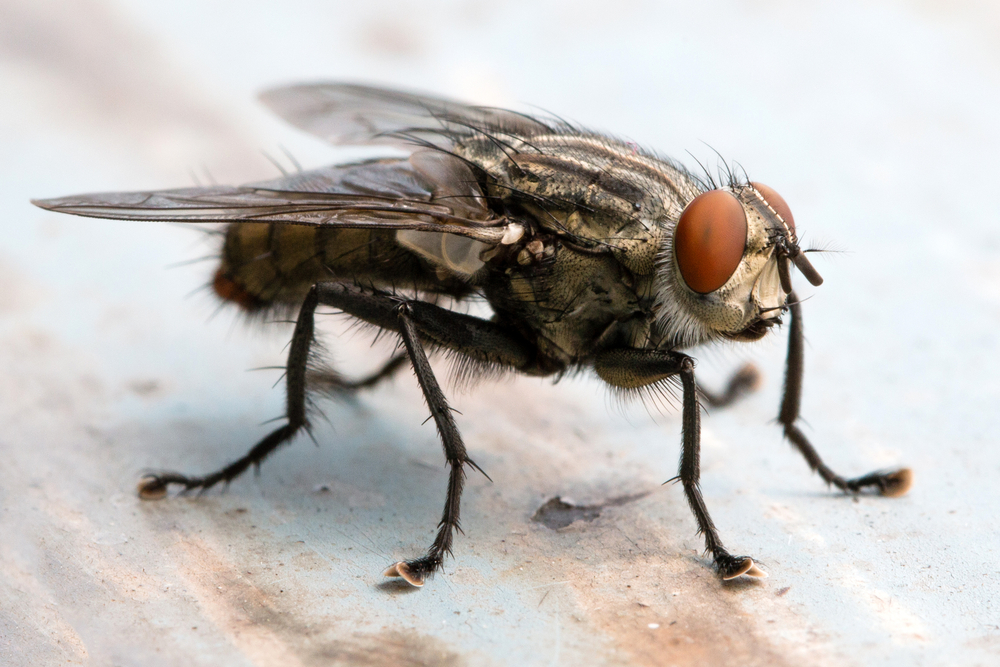
Some scientists believe that the flower’s huge size helps trap the flies for a short time, increasing the chance of pollination. The flowers also produce a great deal of heat to aid in carcass mimicry, while their large size enables heat regulation.
Another special thing about these flowers is that their pollen looks like snot. The pollen of Rafflesia species is a gooey sludge that dries on the back of the flies, making it easy for the insects to carry it long distances for pollination. This increases the chances of fertilization, as the flowers only bloom for a short period of time.
Do These Plants Steal DNA?
If you thought these plants couldn’t get any weirder, strap in, because they also steal their hosts’ DNA!
Charles Davis is a professor at Harvard University Herbaria who is interested in uncovering the details of Rafflesia ancestry. Davis and his colleagues found that certain species of Rafflesia have genes belonging to their host plants. This phenomenon is called horizontal gene transfer, or the exchange of genes without the occurrence of sex. In fact, the hosts’ genes make up almost 50% of the flowers’ mitochondrial DNA.

This is especially interesting, as few complex organisms can show such an extreme level of parasitism. It is still unclear why they do this. Perhaps it provides a survival advantage over their competitors that can reach high enough to feel the sun.
Davis proposed another hypothesis while talking about Rafflesia for Harvard magazine. He points out that the stolen genes could help the corpse lily hide from the immune systems of its victims.
These plants also get rid of genes they don’t need. Molina and her colleagues investigated other species of Rafflesia in their 2014 study published in Molecular Biology and Evolution. They stated that Rafflesia lagascae has lost portions of its chloroplast genome. Davis confirmed this finding in another independent study published in Current Biology. It’s likely that Rafflesia has lost these genes due to its life of crime and no longer uses chloroplasts for photosynthesis and energy production because it simply doesn’t need them.
A Final Word
The Corpse Lily is a wonderfully disgusting plant that continues to fascinate scientists with its ability to steal and sustain for years. Unfortunately, their numbers are dwindling, and efforts must be made to conserve them. In spite of being a parasite and a truly weird plant, Rafflesia can still teach us so much more about genomics, and help us unlock the secrets of our own DNA!
References (click to expand)
- What is the largest flower in the world? - Library of Congress. The Library of Congress
- Renjana, E., Astuti, I. P., Munawaroh, E., Mursidawati, S., Witono, J. R., Yuzammi, … Yudaputra, A. (2022, April). Assessing potential habitat suitability of parasitic plant: A case study of Rafflesia arnoldii and its host plants. Global Ecology and Conservation. Elsevier BV.
- Log In ‹ Scientific Scribbles — WordPress - blogs.unimelb.edu.au
- Davis, C. C., Endress, P. K., & Baum, D. A. (2008, February). The evolution of floral gigantism. Current Opinion in Plant Biology. Elsevier BV.
- Xi, Z., Bradley, R. K., Wurdack, K. J., Wong, K., Sugumaran, M., Bomblies, K., … Davis, C. C. (2012, June 8). Horizontal transfer of expressed genes in a parasitic flowering plant. BMC Genomics. Springer Science and Business Media LLC.
- Colossal Blossom - Harvard Magazine. Harvard Magazine
- Molina, J., Hazzouri, K. M., Nickrent, D., Geisler, M., Meyer, R. S., Pentony, M. M., … Purugganan, M. D. (2014, January 23). Possible Loss of the Chloroplast Genome in the Parasitic Flowering Plant Rafflesia lagascae (Rafflesiaceae). Molecular Biology and Evolution. Oxford University Press (OUP).
- Cai, L., Arnold, B. J., Xi, Z., Khost, D. E., Patel, N., Hartmann, C. B., … Davis, C. C. (2021, March). Deeply Altered Genome Architecture in the Endoparasitic Flowering Plant Sapria himalayana Griff. (Rafflesiaceae). Current Biology. Elsevier BV.


